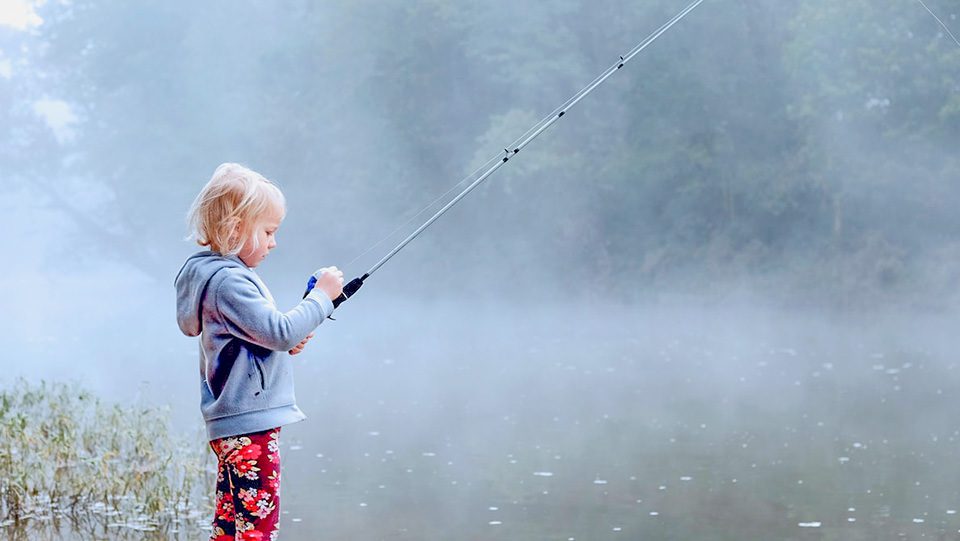By Jennifer Dawson. Photo by Ben Wilkins
Recreational fishing is growing in popularity across the US, with more than 49 million Americans taking to the nation’s waterways every year to participate. And it’s not just old people that love it; even young children are joining their parents on fishing trips eager to learn and preserve the age-old practice. If you are a parent, angling is a great hobby and skill to teach your child, especially if you don’t want them to be like millions of other kids who spend most of their free time locked in their rooms playing video games and browsing through social media pages. But, before you get your boat and head over to the nearest lake, there are some character traits that you must teach your child if you want them to become great anglers.
Patience is a must-have
Good things come to those who wait and with fishing, there’s probably going to be a lot of waiting before your child gets a good catch. You never know what’s going on in the water you cast your bait in; sometimes there just aren’t any fish and even when there are, they may not see the bait and even if they do see it, they may not be interested in it for various reasons. But, being patient doesn’t mean just waiting for the fish to take the bait; it also means putting some effort into it. Your child must also have the patience to learn and improve their technical fishing knowledge to be able to catch their dream fish.
The power of observation
Good fishermen are very observant of their surroundings. They always seem to know how things tie together and make connections that other fishermen may miss. Teaching your child how to be more observant can be hard or easy depending on their personality. For instance, children with INTP personality are naturally more observant than others and can easily decipher principles that operate in the fishing environment. If your child doesn’t fall into this category, you’ll have to teach them the importance of staying focused on the task at hand and how to avoid distractions while at it. You can start by teaching your child how to read the water, which means finding the most likely places to find holding or cruising fish. Seeing the fish — a rising trout, a bass on a bed, or a school of stripers — lets your child know where to start fishing which saves them time.
If your child can’t see the fish, the next step is to look for the things that fish crave; food, cover, and margins. Cover – such as fallen trees, weed beds, and overhanging vegetation – offers an ideal place for ambush predators to hide and a haven for prey species. Margins are the edges between shallow and deep water, between cover and open water, or between fast and slow water. Fish tend to spend a lot of time in the margins. Once your child has learned how to identify an ideal spot, they must remain observant and attentive while waiting for a strike. A bite can be extremely subtle, and it’s easy for your child to miss out on a big catch when they’re not paying attention.
Respect for the surroundings
Respect is key when fishing, both towards other people and the environment. First of all, teach your child how to respect nature. This means leaving the environment as clean as they found it and respecting the animals and plants they come across along the way. Also, teach your child the importance of only keeping what they can eat and releasing some of the catches back into the water for future generations. Respect for other people is also vital; good fishermen have high ethics and do not go to spots where other fishermen are already fishing.
Angling is a great way to enjoy some quality time with your child. But, to be able to have fun and fulfilling fishing trips, you must teach your child how to be patient, respectful, observant, and most importantly, to develop a passion for fish and the nature that surrounds them.
